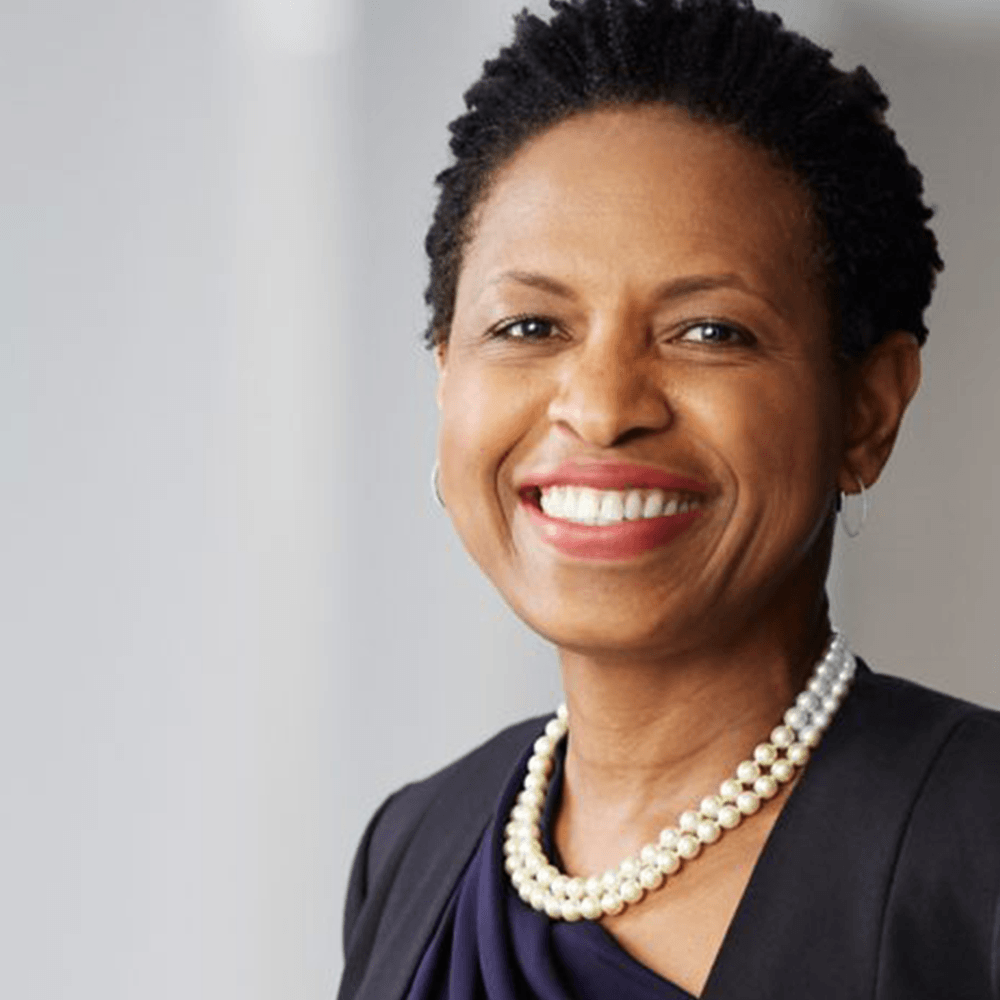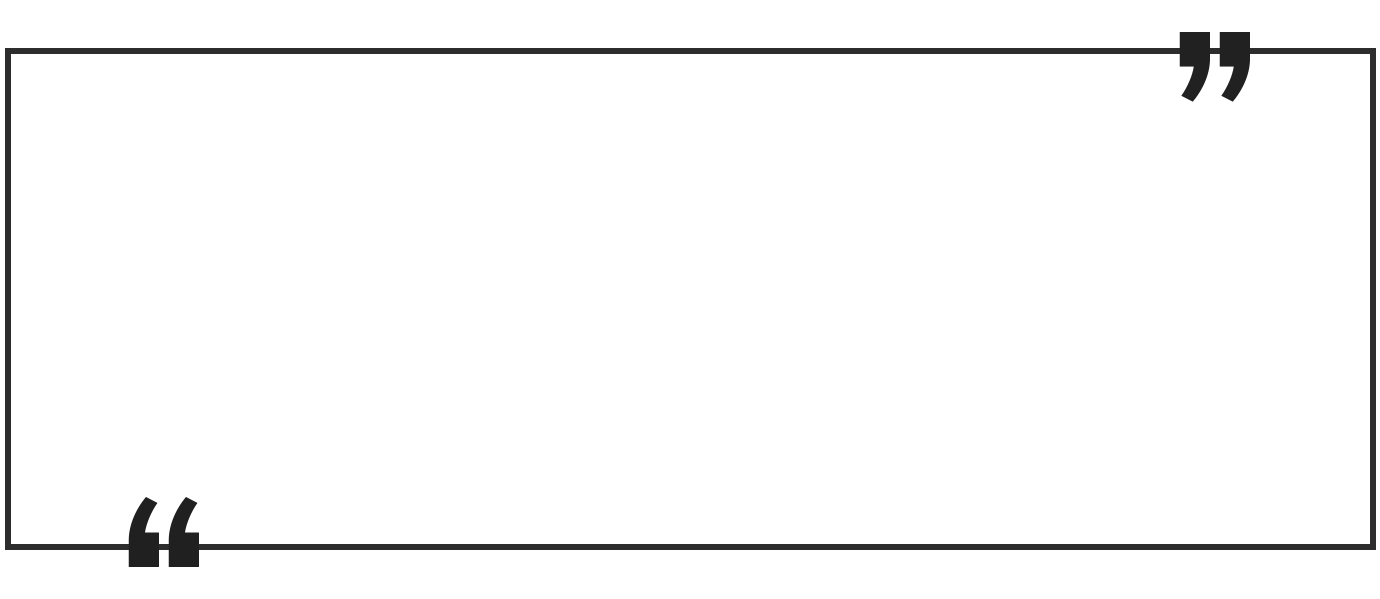Reid knows a thing or two about diversity. She emigrated from Jamaica to the U.S. with her family when she was 13 years old. The move was a major adjustment and required her to cultivate a new life for herself.
Reid, who still has family in Jamaica, moved to Brooklyn, where she found Caribbean culture and a community that was welcoming to people from all over the world, with families from all different backgrounds. “The things that were very familiar to me in Jamaica were close by,” she says. “It was a great way to transition to the U.S. Brooklyn is very diverse.”
Reid loved New York so much that she stayed for school. She attended New York University and earned degrees in economics and political science. She contemplated becoming a doctor but realized “that was not going to happen” when she took physics.
Reid discovered her passion for diversity while working in human resources at New York University after graduating. She came to Morgan Stanley after a friend referred her for a human resources position in Investment Management.
It was 2008, the height of the financial crisis. “I don’t think I had a full appreciation for what was to come, but I wouldn’t trade it for anything. I learned so much in those first few years,” says Reid. “I had to get up to speed quickly.”
Reid says her job is never boring. The world is changing quickly, which makes the business case for diversity incredibly strong. “It used to be that women and people of color were a minority on college campuses, but now their numbers have increased,” Reid says. “We will continue to see a shift. If you don’t have leaders who understand the needs of and for a diverse workforce, you won’t be as successful.”
When Reid isn’t guiding the firm’s diversity and inclusion strategy, she might be speaking with participants in the Morgan Stanley
Return to Work program, which reintroduces experienced professionals to the workplace after an extended absence. Another day, you might find Reid mentoring an employee. She also serves on the board of the
Storefront Academy, a Morgan Stanley community partner.
“I realized from the beginning I had a tremendous opportunity to make a difference in this role,” she says. “I felt like I had unfinished business because I had worked in diversity before, and I felt like I had a chance to try new things.”
The Morgan Stanley diversity
panel discussion on race was one of them. Tried and true measures, such as networking groups, are also equally important because they bring people together and generate ideas. Reid, who now lives in Harlem, says that even small differences can add up to something powerful.



